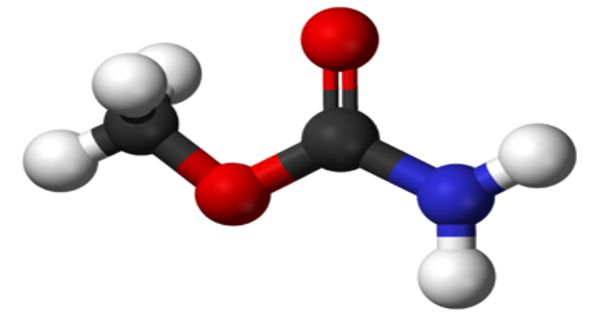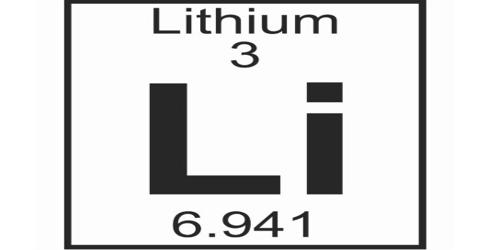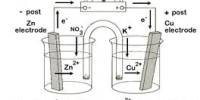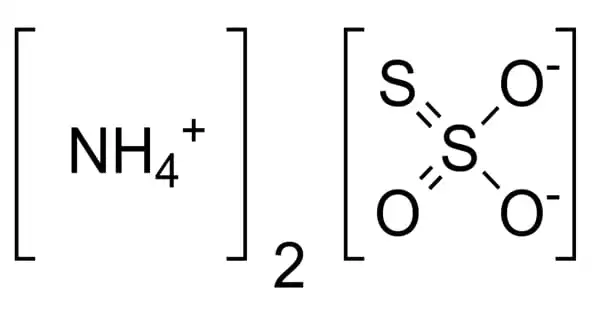The first cryo-EM structures of a surface receptor of the human-infecting parasite Trypanosoma brucei gambiense in association with human complement factor C3 were discovered by Sebastian Zoll’s team at IOCB Prague. This gives us a structural framework for comprehending how the parasite circumvents the immune system in the initial stages of infection.
African trypanosomes are hiding in plain sight and grow inside the human blood stream, while the majority of infections have discovered ways to avoid the harmful effects of the immune system by evading neutralizing antibodies and other effector proteins inside cells or less accessible tissues.
The parasites must use a variety of defense mechanisms to prevent being cleared from the cardio-vascular system despite being subject to the full force of both immune system branches.
The mechanisms of this “molecular warfare” have been discovered and, in relation to the adaptive immune response in particular, have been explained in great depth. But up until now, our knowledge of innate immune defense systems had been lacking.
Under the leadership of Sebastian Zoll, a team of researchers, with Hagen Sülzen as the first author of the study, and including Petr Pompach and Martin Zoltner from BIOCEV, employed an integrative structural biology approach and demonstrated that the interaction between ISG65 and C3, the central hub of the human complement system, is inhibitory and remarkably specific.
The pathogens are able to maintain a focused and effective immune resistance by inhibiting just one complement system pathway.
The study was published in Nature Communications and shows the first 2 cryo-EM structures from IOCB Prague alongside one of the first cryo-EM Alphafold hybrid models that was deposited to the PDBdev.
















